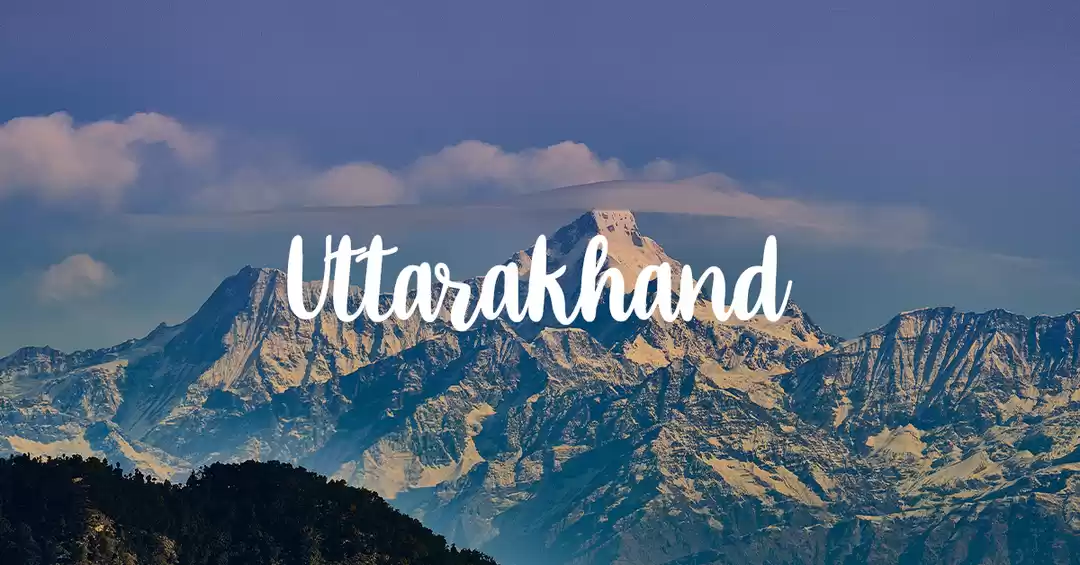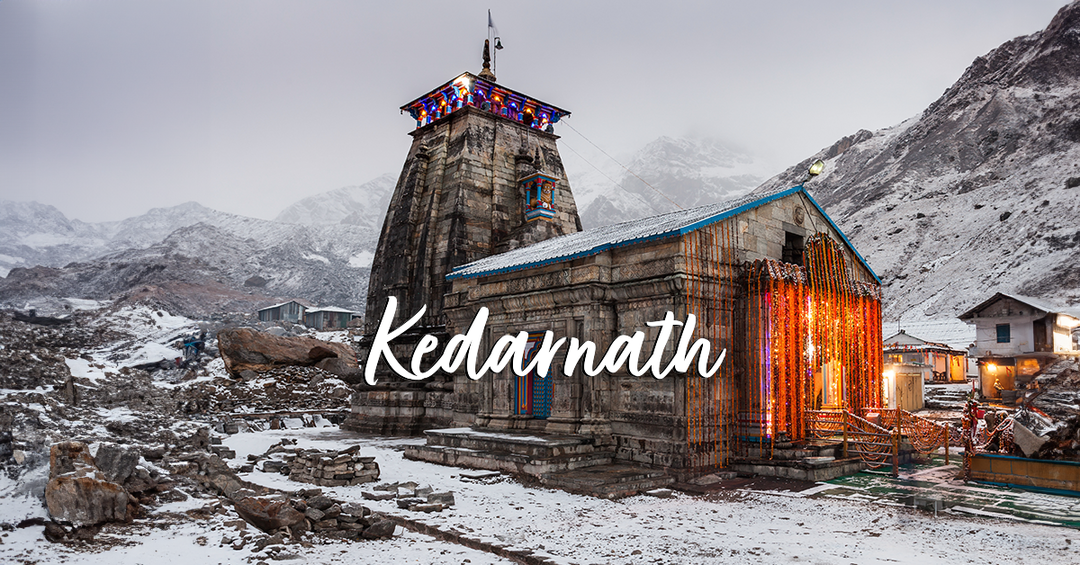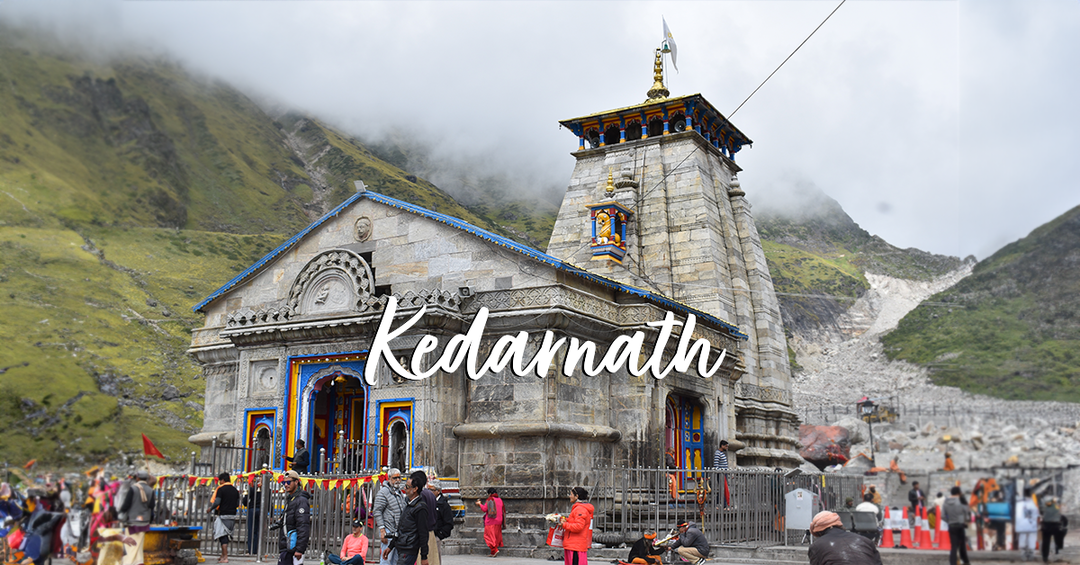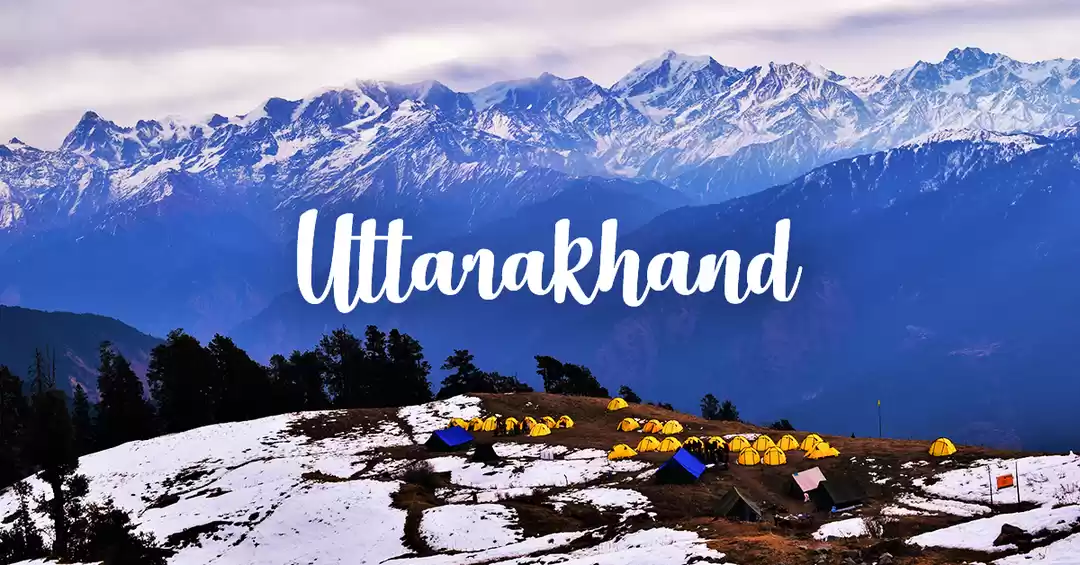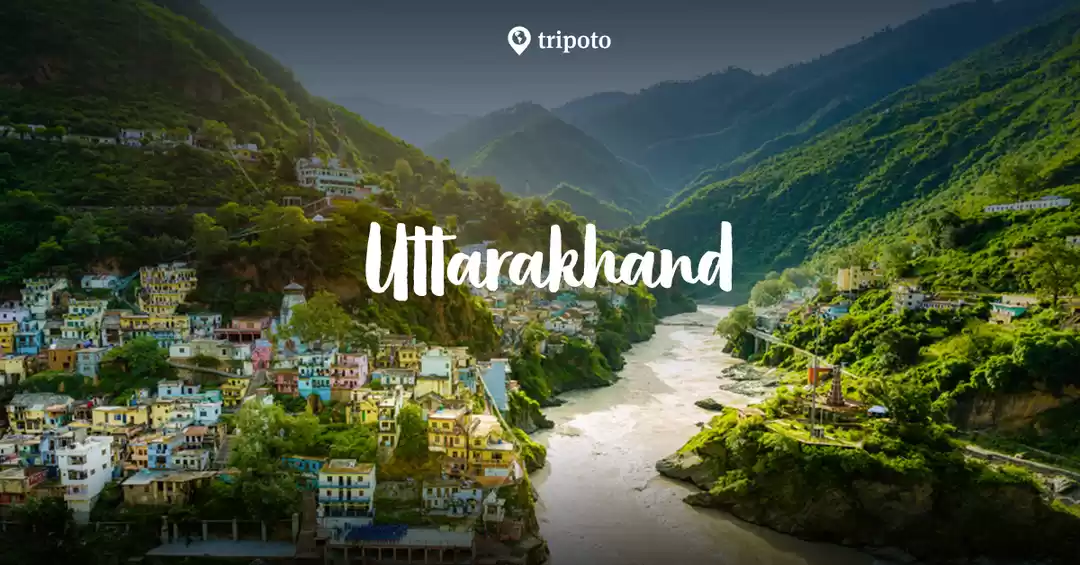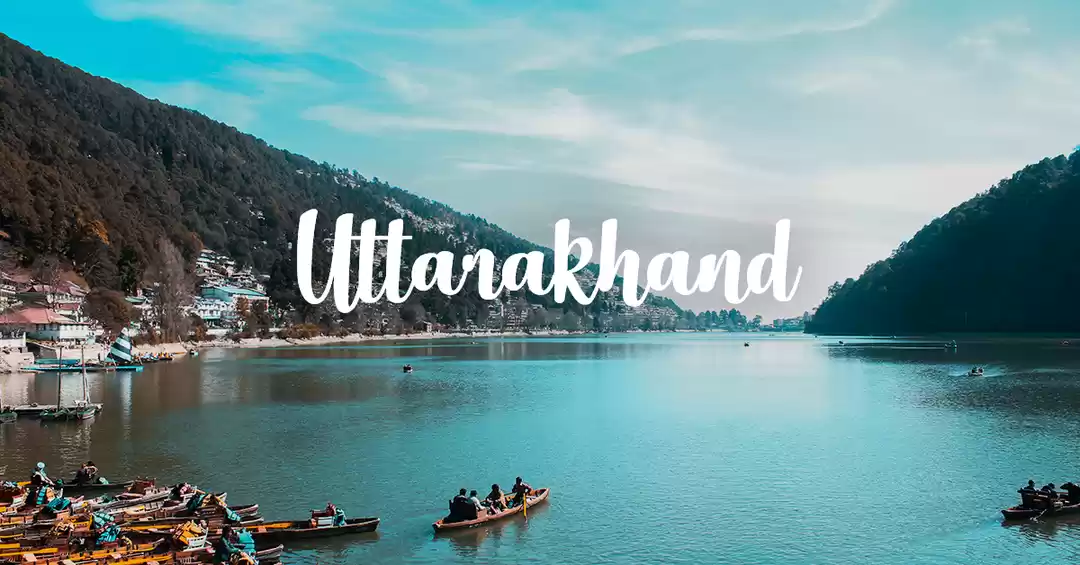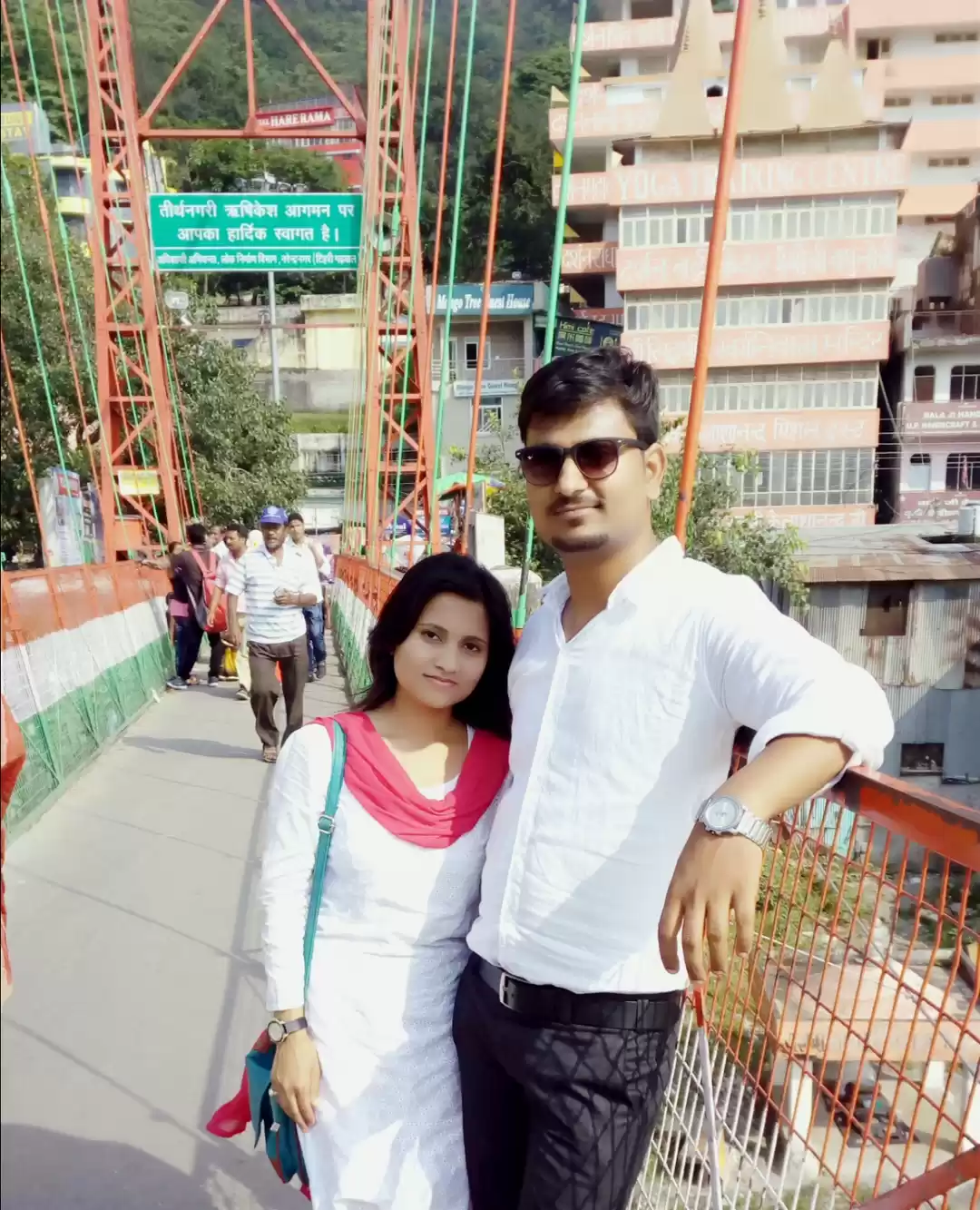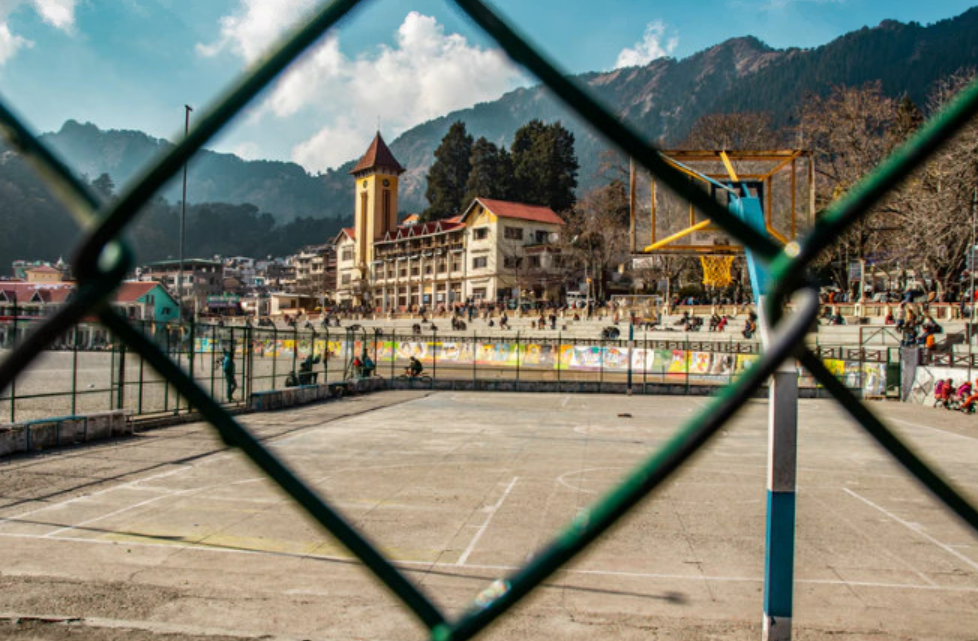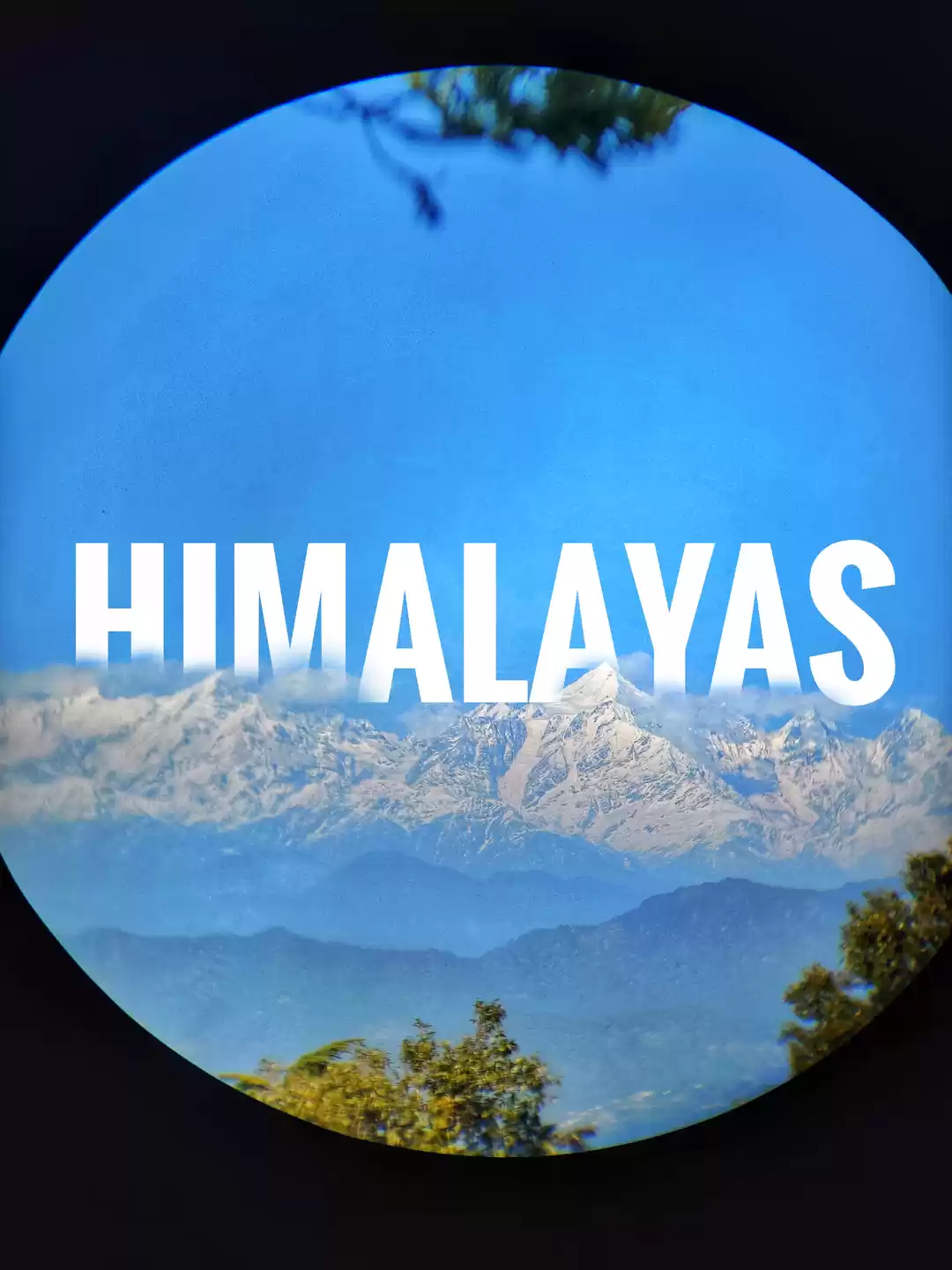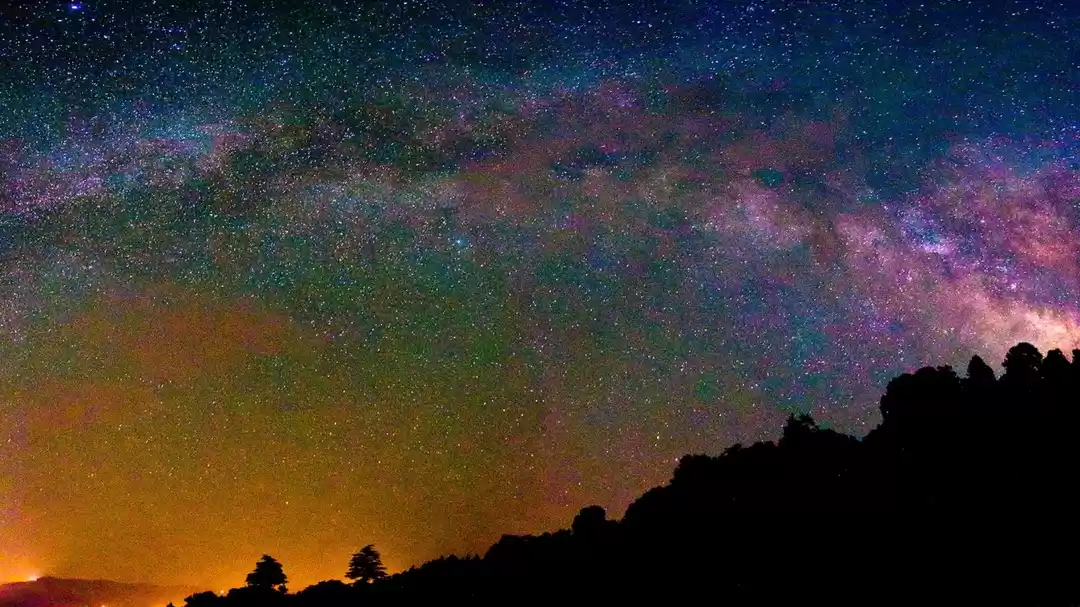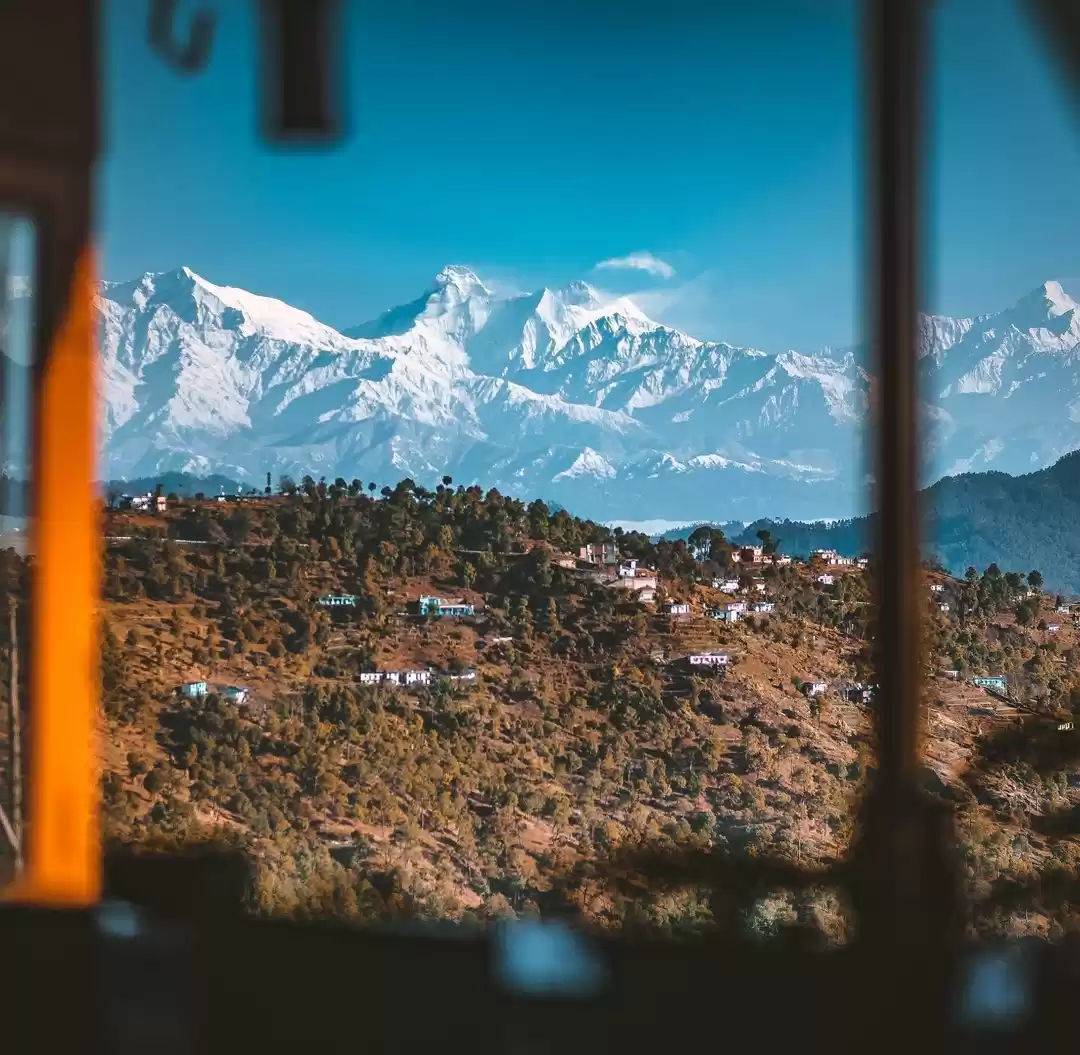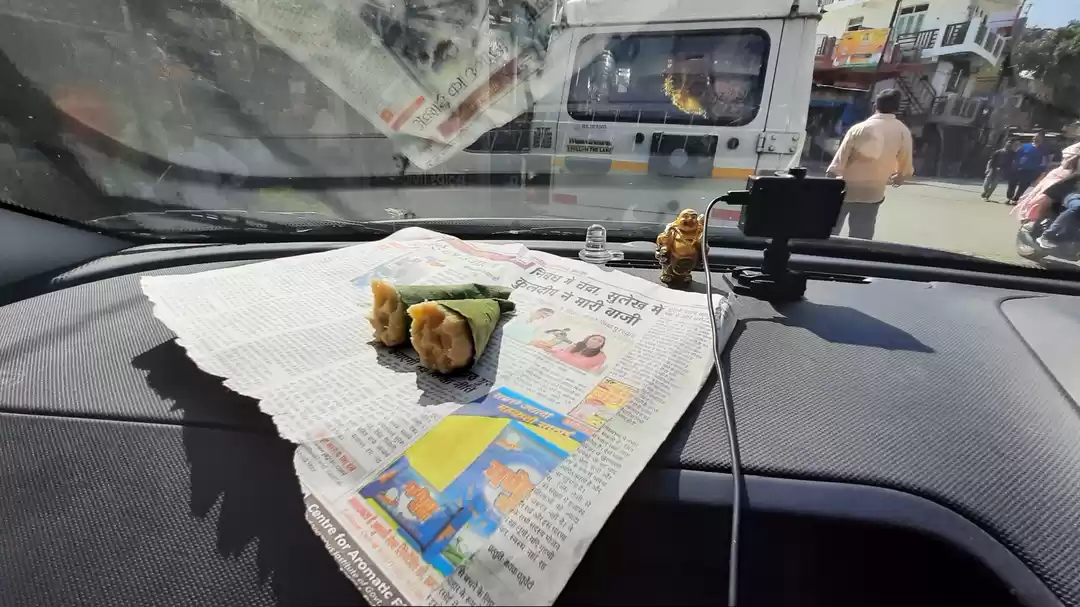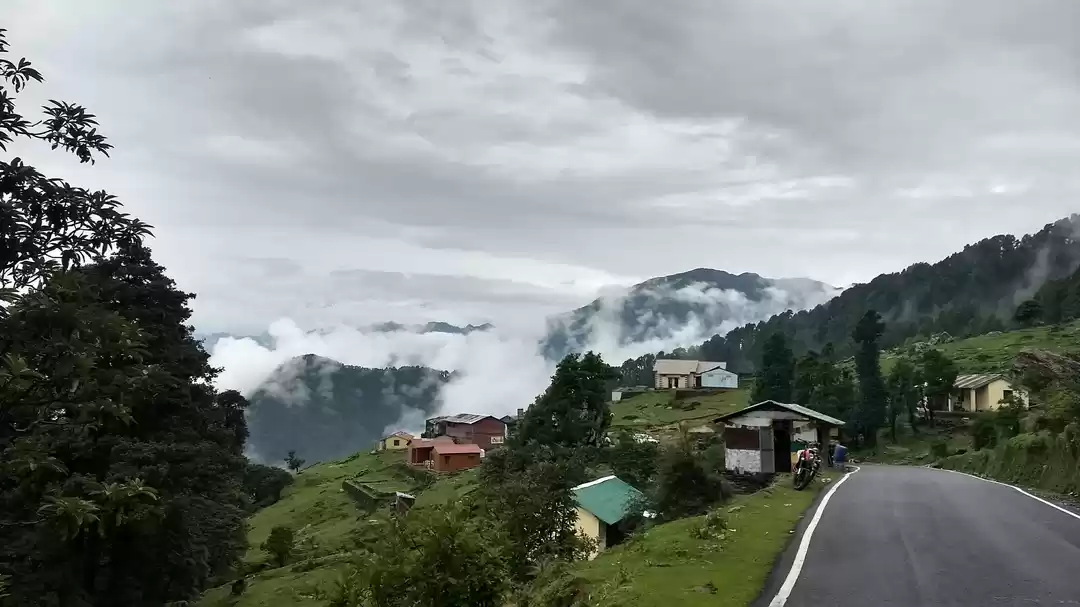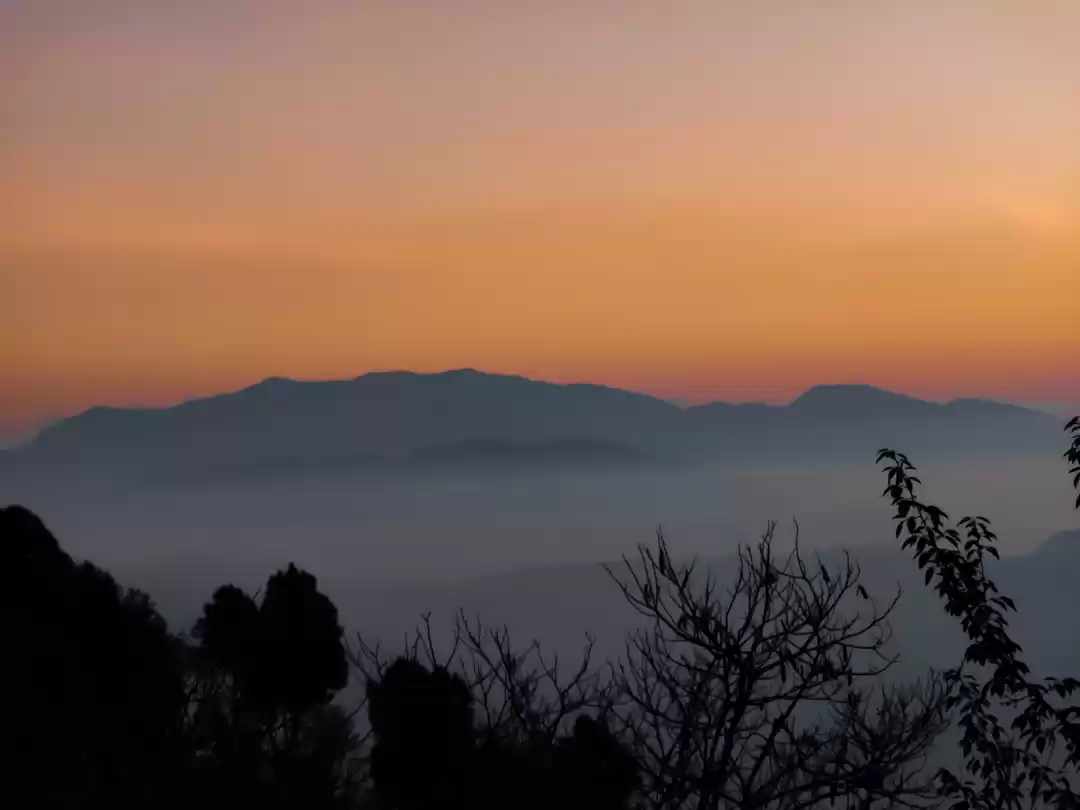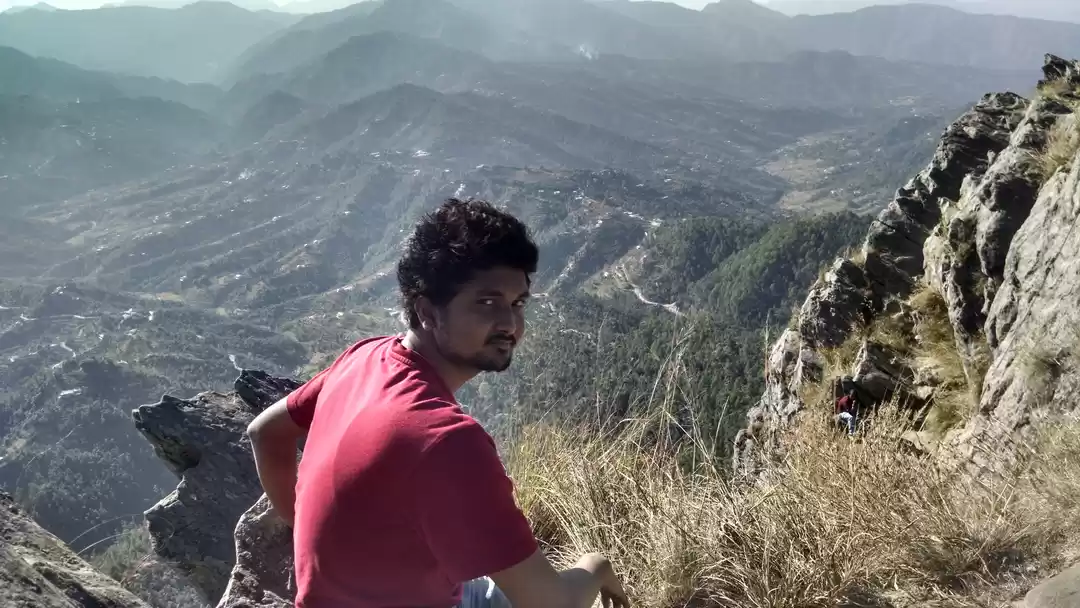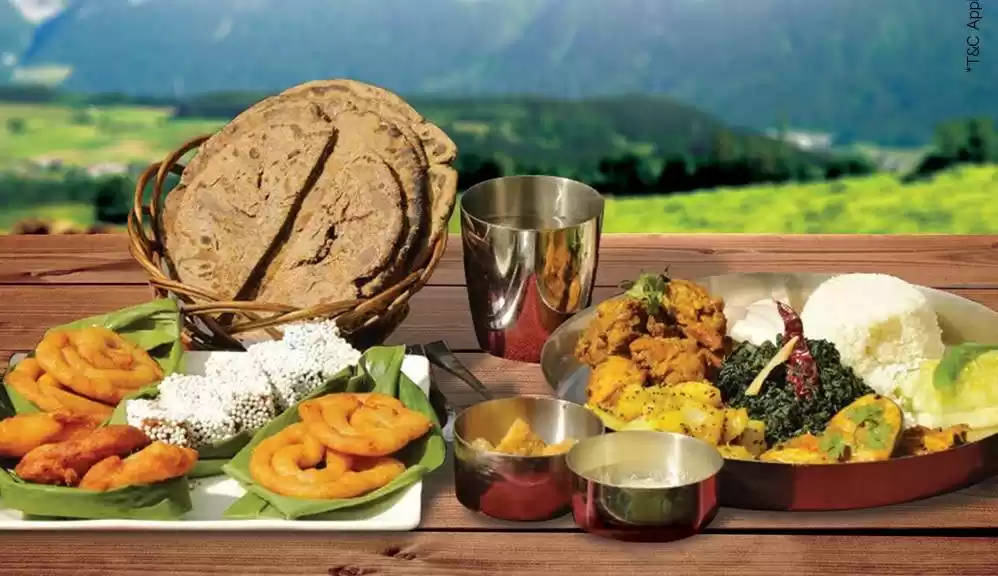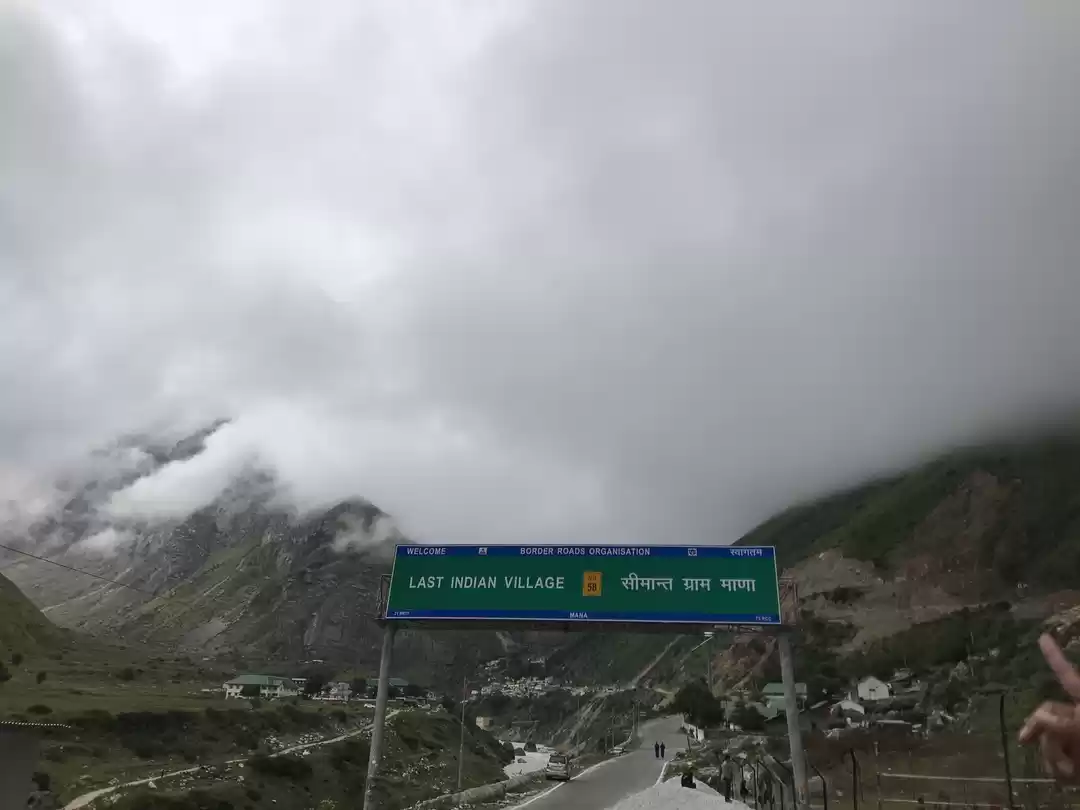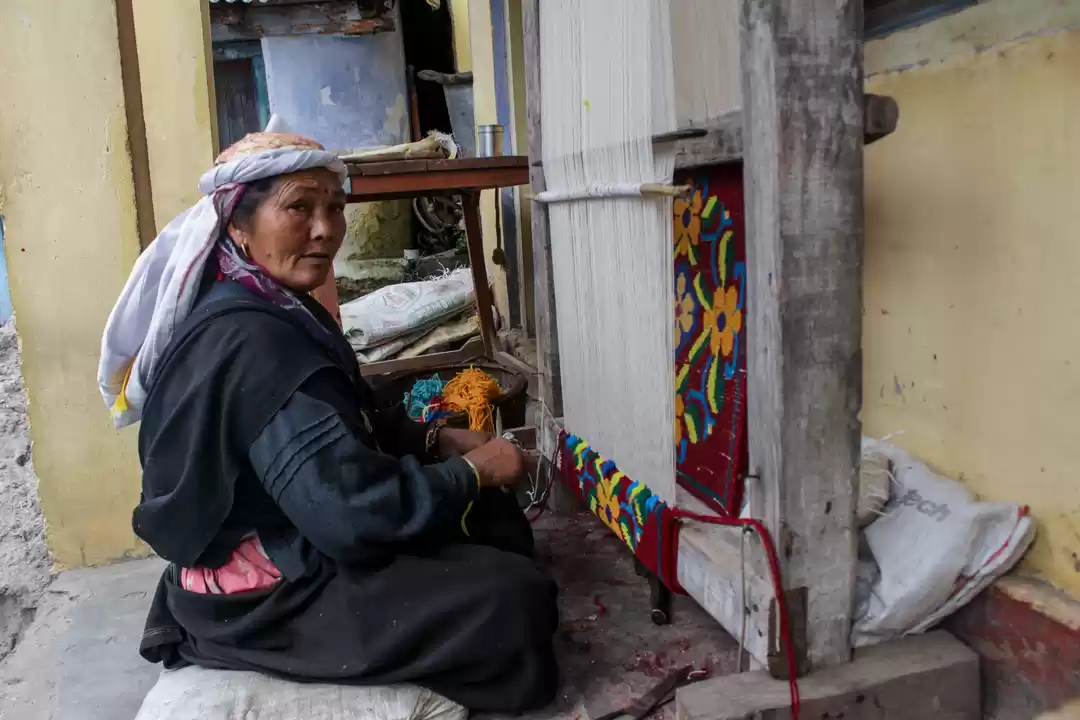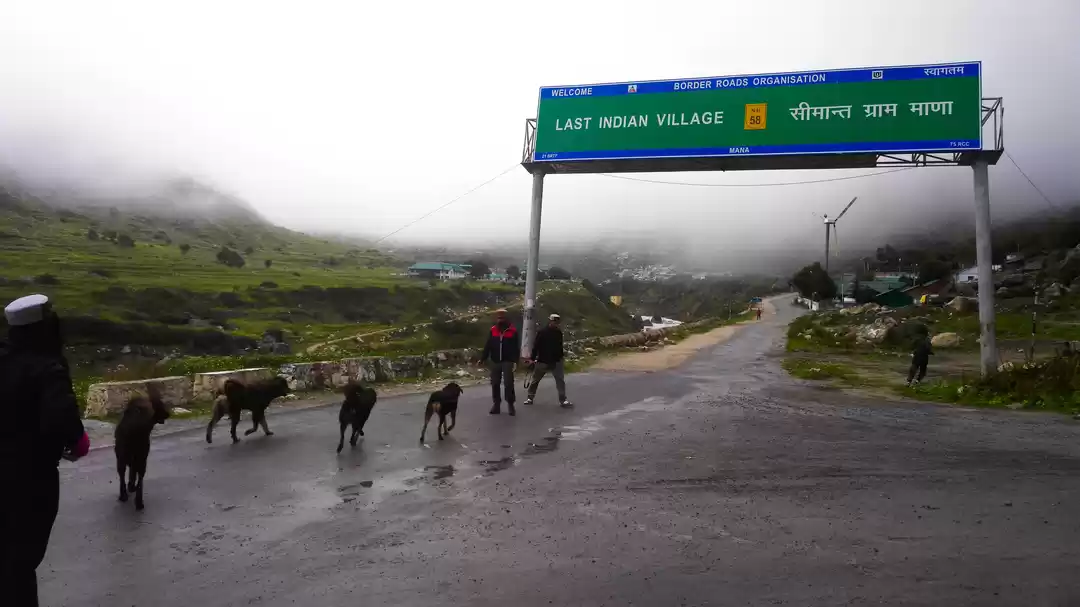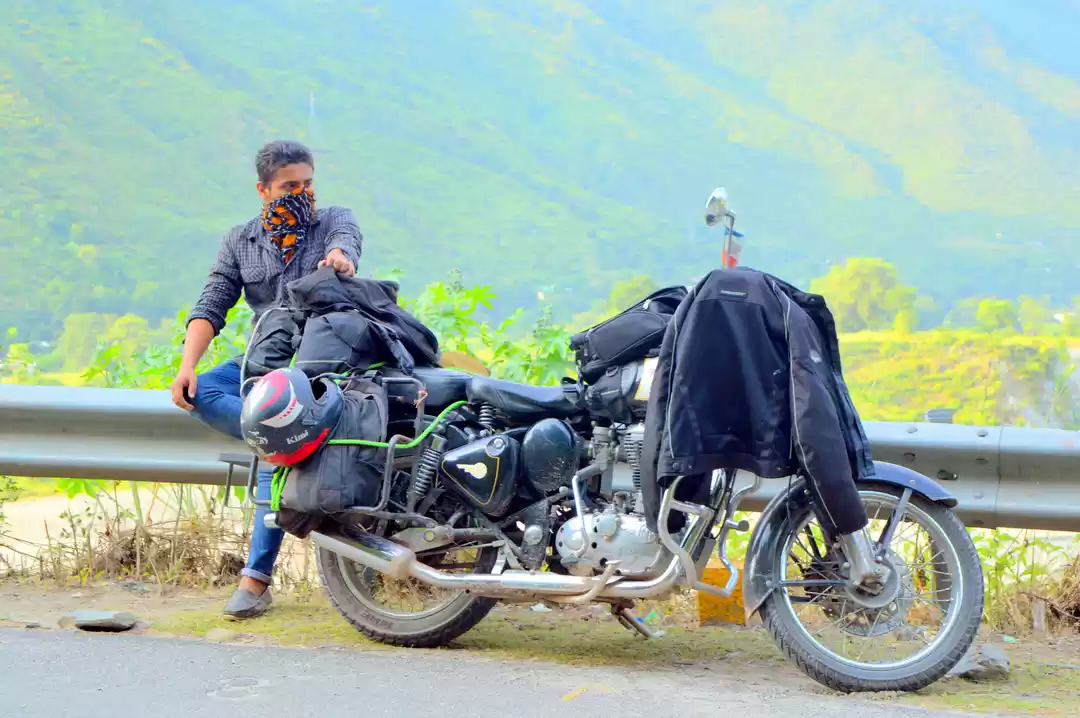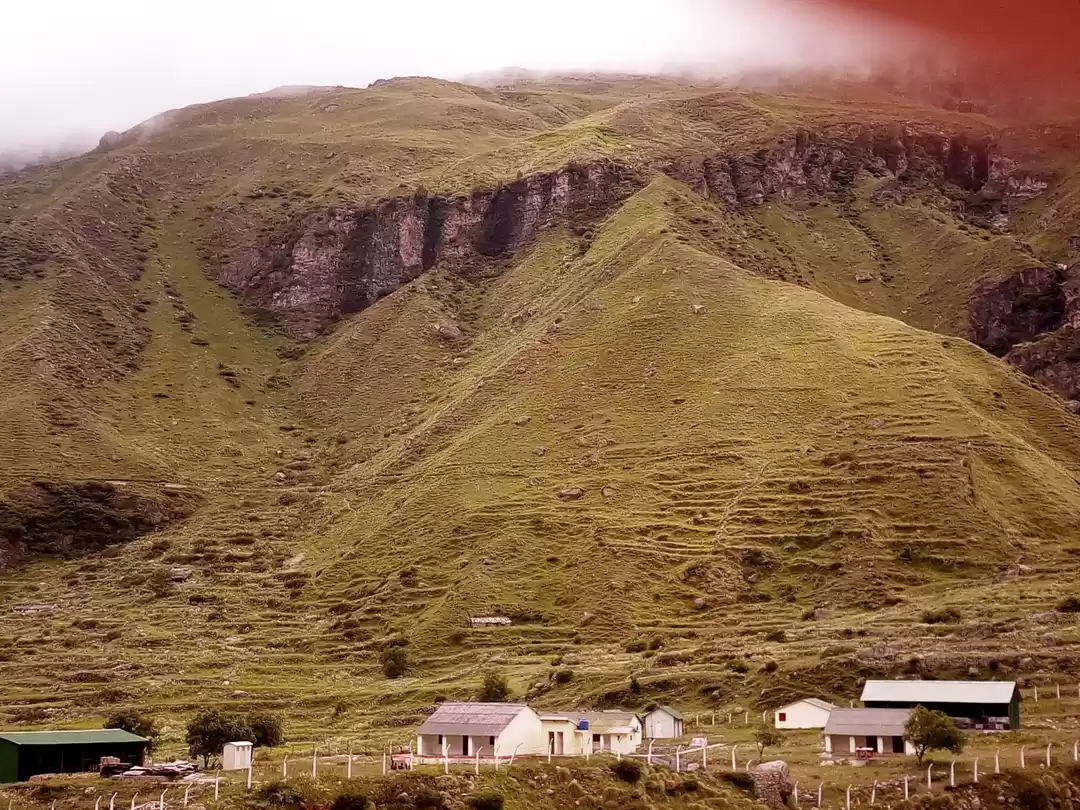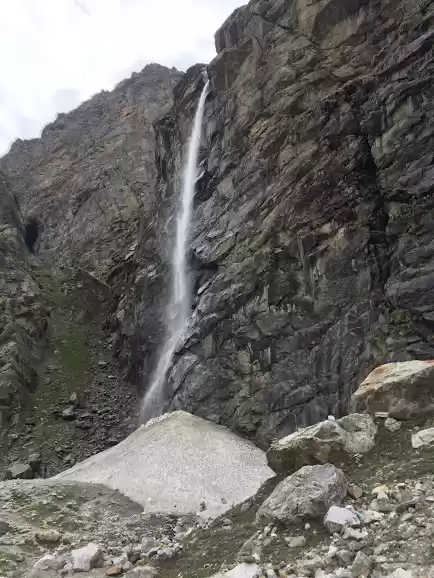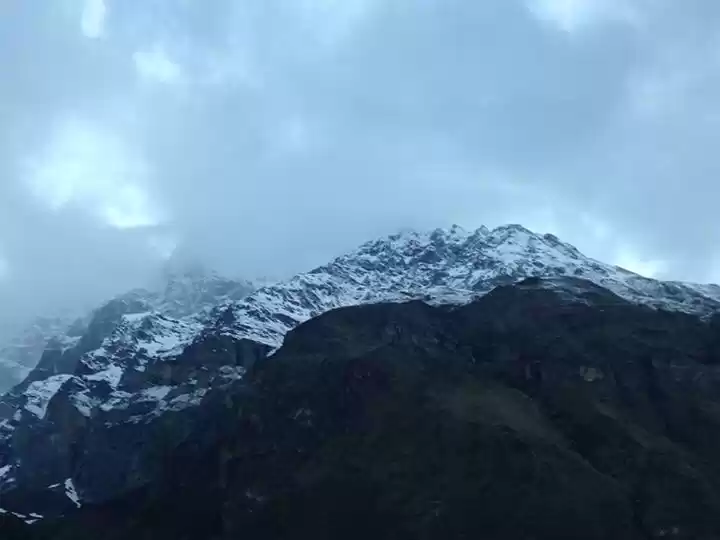I bring to you my journey to the last Indian village called Mana. The village gets its name from Manas Putras, the biological sons of Lord Brahma. This was one of the excursions I took during my trip to the holy shrine of Badrinath as Mana is just 3 kilometres from there. This is a rather small village located in the district of Chamoli in the state of Uttarakhand and the altitude is around 3100 meters above sea level. This has been the most exciting of all my trips. It feels so different to be standing just a few kilometres away from the Indian border and more so when you are having a cup of tea in the last Indian tea shop. Ahead of this village lies the Mana pass at a distance of around 24 kilometres.
The village is very sparsely populated, with around 500 to 600 inhabitants. I was lucky to meet the locals as I travelled in the month of July (possibly the hottest of all the months up there for them, yet, you can see me in woollens in the pictures). During winters which last from September to March, the locals come down to lower regions as the whole area is covered with snow. Life is really tough in the hills for people due to the temperature, landslides and the high altitude. The locals are the Bhutias, whose living is mainly based on the tourism of Badrinath and cattle grazing along with a bit of agriculture. Every tourist will be mesmerized by the simple lifestyle of these Bhutias. The houses are built out of blocks of stones and mud-plastered with most of the roofs covered with slate tiles. You can imagine how cute it would look, just like the villages in fairy tales. The village is a sort of hilly terrain with narrow stoned pathways. I was losing my breath while climbing up in order to reach the last Indian tea shop, where I could relish a hot cup of tea.
It was an official family trip, therefore all of us had a wonderful evening sipping on a cup of hot tea with biscuits, in the wonderful weather. After relaxing for a while, we explored the Bheem Pul, the Saraswati River, the Vyas Cave and the Ganesh Cave. History revolves around you as you walk through the lanes of this village. It is so fascinating when you get to visit a place you have only heard of in the tales from the Mahabharata, as told by your parents and grandparents.
The Saraswati (Goddess of Knowledge) river originates here at Mana and is visible for about 100 meters before it goes underground and travels quite a long distance to finally be a part of the rivers Ganga and Yamuna at the Triveni Sangam in Allahabad. The Bheem Pul, is a natural bridge of huge rocks over the Saraswati river, built by Bheem (one of the five Pandava brothers) for his wife Draupadi. It is believed that this is where the Pandavas embarked on their journey to heaven. Isn't that interesting? Then there is the Vyas cave, where Vyas supposedly lived while writing all the Vedas while the Ganesh Cave has stories of Lord Ganesh composing the Puranas and the Mahabharata, while Vyas dictated the same.
Mana was a great and an awe-inspiring journey. As the sky darkened, we moved back to our dwelling place in Badrinath to get the night’s sleep as the next day, we had to travel back. I urge my readers to visit Mana once in a lifetime in order to connect with nature, to connect with mythological tales and to feel the simplicity in the lives of the people up there.









